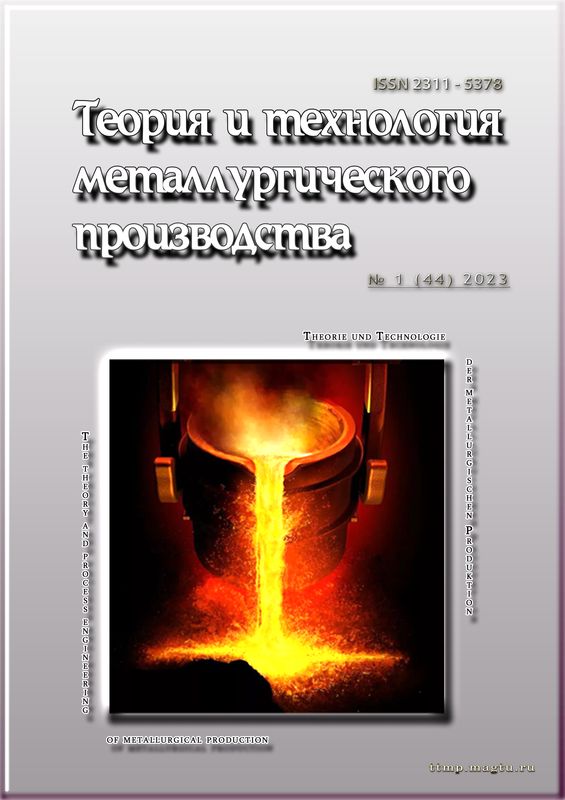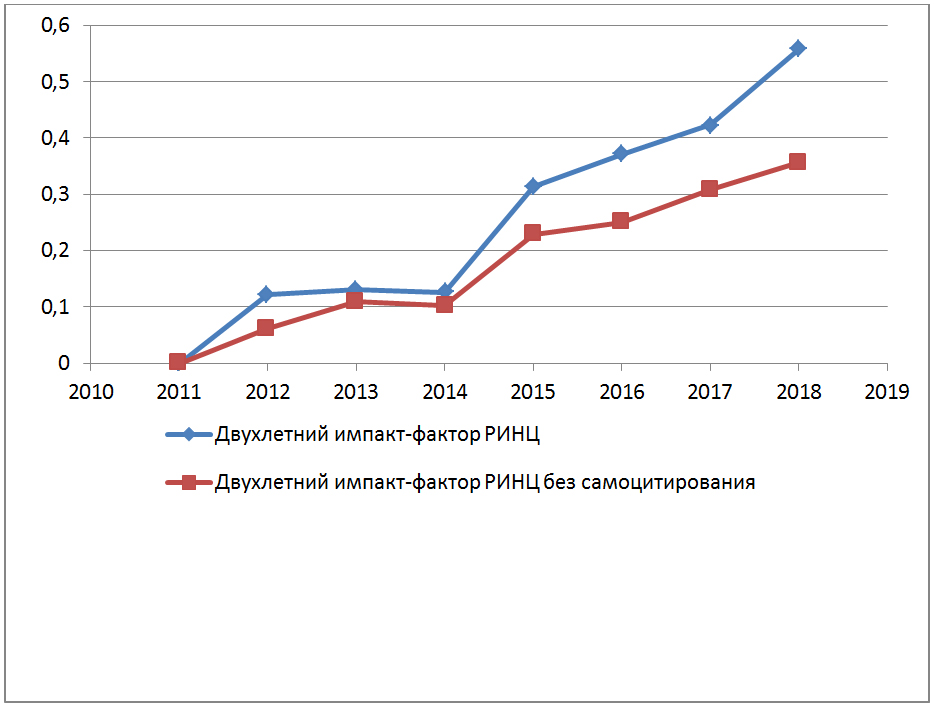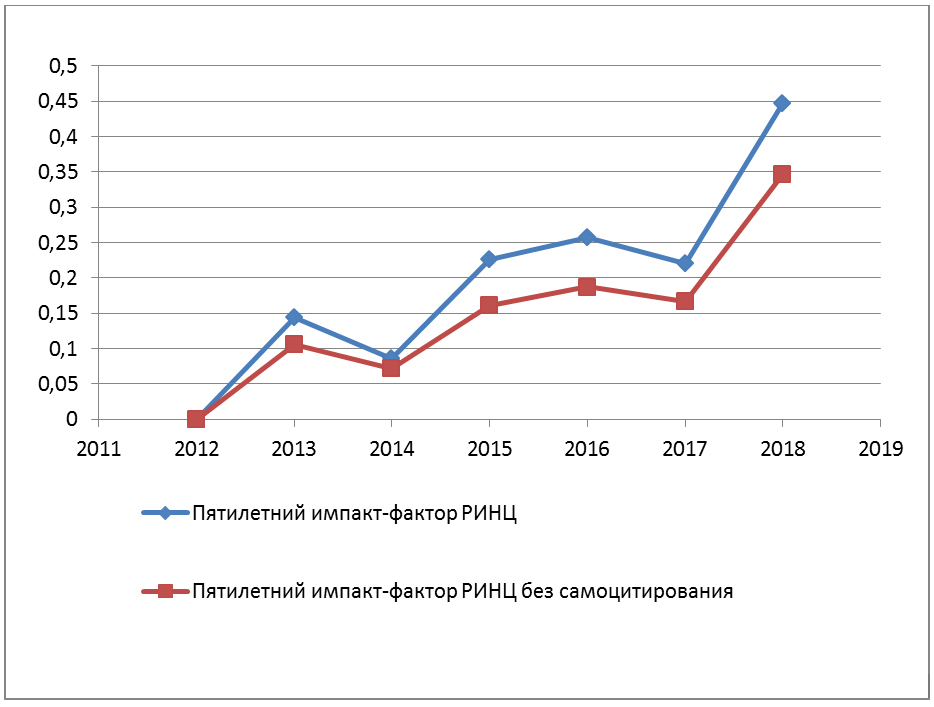Abstract
The main method of wire production is drawing the billet (wire rod) in a monolithic die. Existing designs of the drawing tool provide wire drawing in the boundary friction mode, which causes a number of negative phenomena. An increase in the deformational heating of the wire and tool to 200-3000C, which leads to a decrease in the operational resistance of the dies, a decrease in the quality of the finished wire and a deterioration in the rheological properties of the technological lubricant.
A rational drawing process is one in which the lubricant pressure equals the resistance of the metal to deformation, i.e. when the drawing will be carried out in liquid friction mode.
Obtaining such a high pressure is ensured by the design of the drawing tool, consisting of a holder, die and tube - nozzles.
The paper presents an analytical model that determines the pressure of the lubricant from the geometric parameters of the design of the nozzle tube and the properties of the lubricant itself.
With multiple drawing for each broach, due to an increase in wire deformation resistance due to metal hardening, you will need your own drawing tool with specific geometric parameters, which leads to an increase in the tool park.
Based on the studies, a universal design of a drawing tool has been developed, which allows to automatically ensure liquid friction during wire drawing of various grades of steel and non-ferrous metals. The proposed design, consisting of a cage, a working and a support die, differs from the known ones in that the pressure die is mounted in the cage with the possibility of axial movement.
The magnitude of the displacement of the pressure die, with the steady-state drawing process, is proportional to the pressure of the lubricant in the deformation zone, which correlates well with the analytical model presented in this paper.
Keywords
Drawing of a wire, friction, drawing tool, lubricant, hardness, tensile strength, drawing mill, wire, rod, descaling, compression, ductility, die plates, drawing out.





